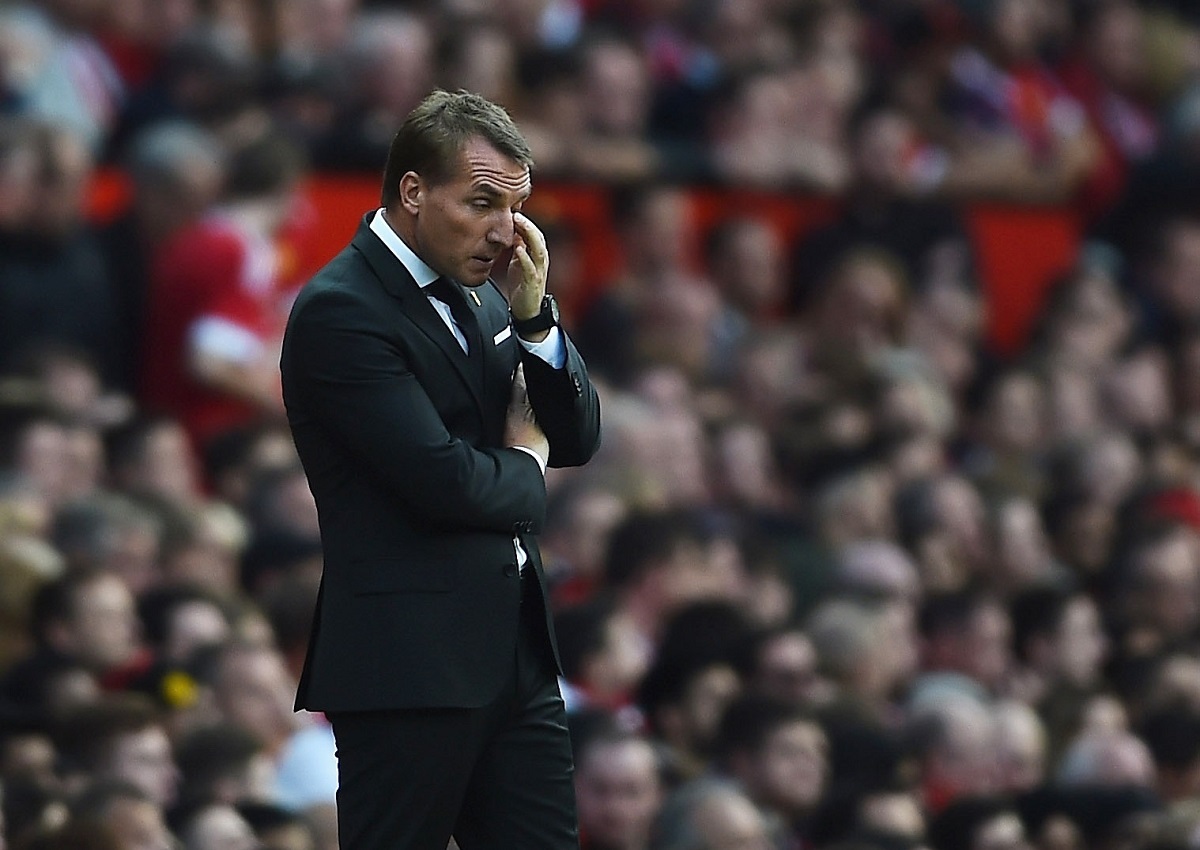
WHEN Luis Suarez was a Liverpool player, Norwich City was his favourite fixture.
The Uruguayan scored nine times against them in the four games played prior to the Canaries’ relegation in 2014, including four in one and three in another.
Liverpool won all four matches, three times scoring five. Other scorers included Raheem Sterling (three), Steven Gerrard, Daniel Sturridge, Jordan Henderson and Nuri Sahin. There were also a couple of own goals.
Those games took place when Brendan Rodgers was steering Liverpool on an upwards trajectory.
Norwich, along with most other opponents, were being blitzed by his team’s sharp ballwork and devastating pace.
Alex Neil’s side will meet a very different Liverpool when they turn up at Anfield later today.
Unless Mr OG chips in, none of the scorers of those 18 goals is likely to worry the visitors, who despite their status as a newly-promoted club actually sit above Liverpool in the table.
Suarez, Sterling, Gerrard and Sahin are gone. Henderson is injured and out for two months. Sturridge is still waiting to kick his first ball in nearly a year.
Liverpool are no longer that pass-zipping, free-scoring side and Rodgers is a manager under pressure.
The last time they played at home, they lost 3-0 to West Ham. They followed that with another heavy defeat at Old Trafford.
Their upward trajectory under Rodgers reached its zenith the day Gerrard slipped and the title was lost. Since then, it’s been downhill all the way.
Whether Suarez would have stayed if he’d won that medal, we’ll never know. Had Liverpool not slipped out of the Champions League places last season, maybe Sterling would still be there.
Liverpool got good money for Suarez, bought eight players with it and dropped from second to sixth.
They got good money for Sterling, too, bought seven more and look like the mid-table side they currently are.
In both instances, they elected to replace a star name with a supporting cast and it hasn’t worked.
 Liverpool have struggled to replace Luis Suarez (Jan Kruger / Getty Images)
Liverpool have struggled to replace Luis Suarez (Jan Kruger / Getty Images)
We’re into Rodgers’ fourth season in charge and questions are being asked about his ability to get the club moving forward again.
American owners FSG have so far shown patience.
But as an organisation, they have a history of not being afraid to make difficult decisions, as Kenny Dalglish, along with various baseball coaches back in Boston, would testify.
The availability of Jurgen Klopp doesn’t help.
The German may or may not be a candidate for the job should Rodgers bow to the increasing pressure and go.
But the point is that the fans use him as lever with which they apply extra pressure.
His critics argue that Liverpool got so close to the title because they had Suarez, not because Rodgers is a coaching genius.
They also point to a track record in the transfer market which is peppered with poor recruitment Mario Balotelli at £16m, Lazar Markovic at £20m, Mamadou Sakho at £18m, Dejan Lovren at £20m, Fabio Borini at £10m.
Then there are names like Luis Alberto, Iago Aspas, Tiago Ilori, Oussama Assaidi and Rickie Lambert, all bought and barely used.
They’re now wondering about the £29m spent this summer on Roberto Firmino.
In the Northern Irishman’s defence, Liverpool’s recruitment is done by committee, of which he is only part.
There have been some successes, Daniel Sturridge and Philippe Coutinho being the most notable, both signed in Rodgers’ first season.
But with around 30 players in and 30 players out during his tenure, there have simply been too many transfers.
That constant churning of staff is just not conducive to finding a style of play that works.
And that’s been Liverpool’s biggest problem since the Gerrard slip.
You knew exactly what you’d get when you had a dynamic front three of Suarez, Sturridge and Sterling, with skipper Gerrard sitting behind them spraying passes all over the pitch like Andrea Pirlo.
Now they’ve got a big bustling striker in Christian Benteke, but have no-one to cross the ball.
Coutinho apart, the midfield is full of mainly negative players yet they are failing to protect a back four that leaks too many goals.
James Milner is being used in the role that Gerrard occupied and young central defender Joe Gomez is playing at left-back ahead of Alberto Moreno.
After the Old Trafford defeat, John Aldridge, the club’s former cult hero striker, summed it up when he said: “The fans have every right to be angry. Liverpool look like a team that’s lost its identity.”
Unless they find it soon, someone other than Rodgers will be looking for it.Read more Sunday Post sport news – click here

Enjoy the convenience of having The Sunday Post delivered as a digital ePaper straight to your smartphone, tablet or computer.
Subscribe for only £5.49 a month and enjoy all the benefits of the printed paper as a digital replica.
Subscribe